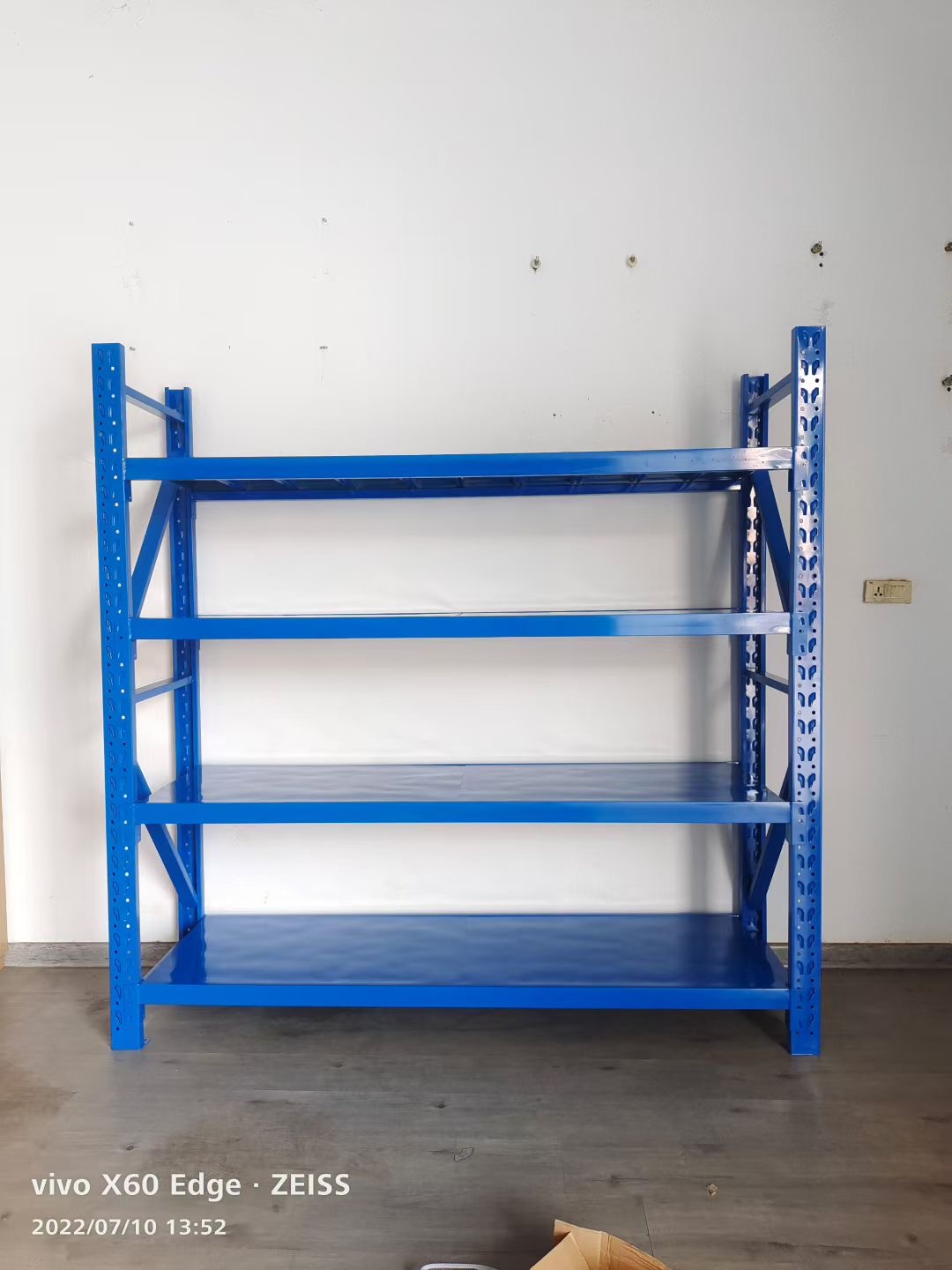In the ever-evolving world of activewear, the quest for the perfect fabric is paramount. Athletes and fitness enthusiasts alike seek materials that not only enhance performance but also provide comfort and sustainability. As the demand for eco-friendly options rises, natural fabrics have emerged as a compelling choice. But what is the best natural fabric for activewear? This article delves into the characteristics, benefits, and applications of various natural fabrics, helping you make an informed decision for your active lifestyle.
Understanding Natural Fabrics
Natural fabrics are derived from plant or animal sources, making them biodegradable and often more environmentally friendly than synthetic alternatives. Common natural fibers include cotton, linen, hemp, wool, and bamboo. Each of these materials offers unique properties that can cater to different types of physical activities.
Cotton: The Classic Choice
Cotton is perhaps the most widely recognized natural fabric. Its softness and breathability make it a comfortable option for casual workouts and everyday wear. However, while cotton absorbs moisture effectively, it does not wick it away, which can lead to discomfort during high-intensity activities. For those who engage in low-impact exercises like yoga or pilates, cotton can be an excellent choice. Look for organic cotton options to ensure sustainability and reduce exposure to harmful chemicals.
Linen: The Lightweight Wonder
Linen, made from the flax plant, is known for its exceptional breathability and moisture-wicking properties. It is lightweight and dries quickly, making it suitable for warm-weather workouts. However, linen can wrinkle easily and may not provide the stretch needed for high-impact activities. For those who enjoy outdoor activities like hiking or beach yoga, linen can be a stylish and functional option.
Hemp: The Eco-Friendly Powerhouse
Hemp is gaining popularity in the activewear industry due to its durability and sustainability. This robust fiber is resistant to mold and UV rays, making it ideal for outdoor sports. Hemp also has natural moisture-wicking properties, which help keep the body dry during intense workouts. Additionally, hemp cultivation requires fewer pesticides and water compared to cotton, making it a more eco-conscious choice. Look for hemp blends that incorporate other fibers for added stretch and comfort.
Wool: The Temperature Regulator
Wool, particularly merino wool, is often overlooked in the realm of activewear. However, its unique properties make it an excellent choice for various activities. Wool is naturally moisture-wicking and temperature-regulating, keeping you warm in cold conditions and cool when it’s hot. It also has antimicrobial properties, reducing odor during prolonged wear. Merino wool is soft and less itchy than traditional wool, making it suitable for base layers in cold-weather sports like skiing or hiking.
Bamboo: The Sustainable Sensation
Bamboo fabric has gained traction in the activewear market due to its softness and eco-friendly production process. Bamboo is a fast-growing plant that requires minimal water and no pesticides, making it a sustainable choice. The fabric is naturally moisture-wicking and breathable, providing comfort during workouts. However, it’s essential to ensure that the bamboo fabric is processed in an environmentally friendly manner, as some manufacturing processes can be harmful.
Blends: The Best of Both Worlds
While each natural fabric has its strengths, many brands are now creating blends that combine the best properties of multiple fibers. For instance, a cotton-polyester blend can offer the softness of cotton with the moisture-wicking capabilities of polyester. Similarly, a hemp-cotton blend can provide durability and comfort. When choosing activewear, consider blends that cater to your specific activity and comfort needs.
Conclusion: Choosing the Right Fabric for Your Active Lifestyle
The best natural fabric for activewear ultimately depends on your personal preferences, the type of activity you engage in, and your commitment to sustainability. Cotton and linen are excellent for low-impact activities, while hemp and wool shine in outdoor and high-performance settings. Bamboo offers a soft, eco-friendly option for those who prioritize sustainability.



